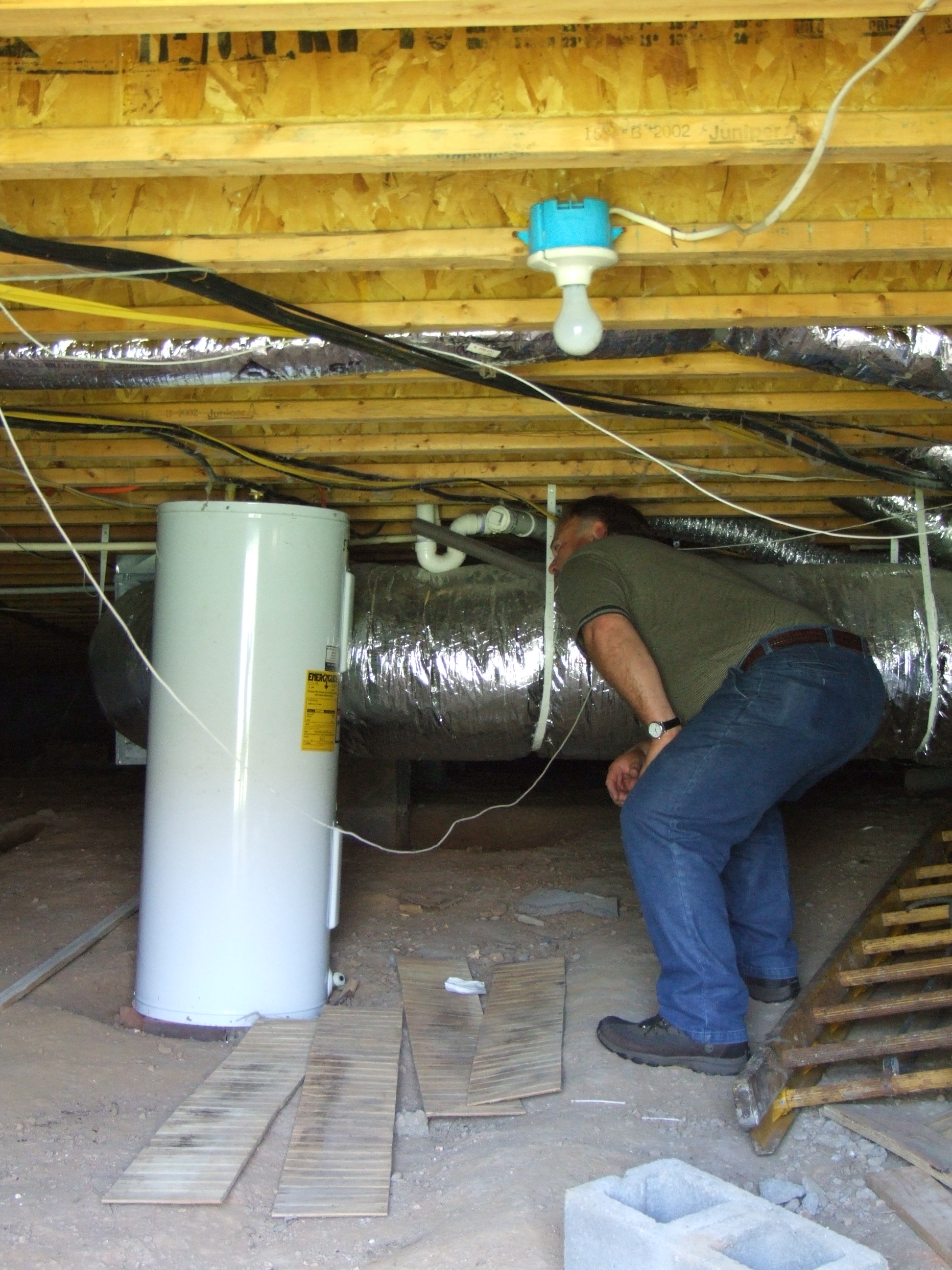We've experienced a relatively mild fall, so the cold temperatures of last week (and forecast again for this week) may have surprised some area homeowners, but it's not too late to prep the home for winter.
There are some fairly simple things that you can do yourself to make sure your home is not only warm, but they can be done without breaking the bank.
"This a great time to winterize your house and seal up cracks or crevices," says Kevin Rogers, Tennessee American Water operations manager. "Winterizing is not a very expensive thing to do, and it is far cheaper to take the preventive action than to restore a damaged area."
Maxwell Ryan, founder of the home decor website ApartmentTherapy.com, suggests in an Associated Press story that homeowners might consider switching to LED light bulbs to save energy. They last 10 years and use 84 percent less energy than incandescent bulbs.
He also suggests swapping out your old thermostat for a new programmable "learning" model that not only tracks your habits and adjusts the settings accordingly, it uses a Wi-Fi connection to check weather reports and is controllable via an iPad.
Both LED bulbs and a thermostat will cost you more upfront, but the long-term savings can be substantial.
If you think your house might need a little more work than you can do and you live in the Cleveland, Tenn., area, Cleveland Utilities will send a qualified inspector to your home for free. The utility offers a 50 percent cash rebate on some improvement work up to $500.
"Say it costs $1,000 to add insulation," says Jaime Creekmore in Cleveland Utilities customer relations, "we will send you a check for $500. You can spend that money any way you want.
"The inspectors look beyond some of the things a customer might have thought of."
Ryan also suggests putting down area rugs and even adding curtains to rooms to keep the warm in and the cold out.
If you have one, use the fireplace for warmth, too, he suggests.
KEEPING YOUR HOME WARM AND EFFICIENT
• Keep your heating and cooling systems in tip-top shape. They run more efficiently and last longer.
• When heating and air-conditioning ducts pass through unfinished attics or basements, they can cause expensive heating and cooling losses. Insulating these ducts can save up to $100 per year in heating and $35 in central air-conditioning costs. A less-expensive approach is to use two-inch foil-backed insulation, remembering to keep the foil facing outward. It is important to seal the cracks between each section of ducting with flexible caulk before you add the insulation.
• Turn down the thermostat. You can turn down the setting on your water heater thermostat to 110-120 degrees Fahrenheit. This reduces the amount of costly hot water that is used in appliances like dishwashers. However, if you do have an electric dishwasher, most manufacturers state on their installation instructions that you must have the water heater set on at least 110 degrees for the appliance to work, according to standards.
• When buying a new appliance, look for the most energy-efficient model in your price range.
• Lower the temperature on your washing machine. Changing the rinse water to cold won't affect the results of the wash and will save about 17 gallons of hot water per load. For more savings, use a cold water detergent and wash.
• Run only full loads in the washing machine and dishwasher. This saves energy, too.
• Turn off the lights as you leave the room.
• Every house is a solar collector. The trouble is, it may be collecting the sun's heat when you don't want it and releasing the heat when you do. In the winter, fuel bills can be cut by opening the shades in the morning on the eastern and southern sides of the house then closing them late in the day.
• Insulate those forgotten places. It is not unusual to find a gap of an inch or wider in a fireplace whose damper is closed. The gap can be stuffed with insulation; or, if it is too large to insulate, covered with a board. Obviously, this must be removed before the fireplace is used.
• Check all windows and doors for proper caulking and weather-stripping.
• Plug all holes around pipes, ducts, exhaust fans or wall outlets. Turn off the electrical current switch when insulating the outlets in question. Do not cover light fixtures directly with insulation since it may cause a fire.
Contact Barry Courter at bcourter@timesfreepress.com or 423-757-6354.

